The trading environment for beef has changed significantly in the recent months, with a combination of Brexit and relatively high supplies impacting negatively on farmgate prices. Uncertainty is likely to remain a factor of the trade, with variable forecasts on currency fluctuations.
Another element that will add to these uncertainties is how the market also deals with higher throughput coming down the line.
Speaking on Friday at a workshop on the future of beef finishing, organised by Gain Feeds and Merial in Kilkenny, Bord Bia’s Joe Burke forecast cattle supplies to increase by a further 120,000 head in 2017, with the beef kill likely to hit in the region of 1.75m head.
This follows on from a 65,000 head increase in the kill for the year to-date, with the increased throughput forecast stemming from a combination of higher dairy births and lower live exports in 2015.
More cattle
Analysing AIM data from 1 September, Joe showed 71,000 more male cattle in the 12 to 24-month age category, with 44,000 more animals in the zero to 12-month age category. The breakdown of beef-bred females shows 51,000 extra cattle in the 12 to 24-month age bracket and 13,000 more in the zero to 12-month age category.

The higher male over female forecast is being influenced by lower live exports kicking in, which will also result in an increase in the number of dairy-bred animals available for slaughter over the next two years.
The breed profile of calf registrations continues to be influenced by dairy farmers targeting higher returns for progeny, with Aberdeen Angus births up 7.1% and Hereford births increasing 7.8%, as shown in the slide below.

Short-term lifeline
Looking at shorter-term prospects, Joe told around 130 producers at the event that a window of tighter supplies is likely over the coming weeks, with later-than-anticipated housing likely to reduce the volume of cattle coming on stream.
When asked to comment on the prospect of a price rise during this period, the Bord Bia man was cautious in his optimism, saying that it represents the best chance for an increase, but tailored expectations when he said this may not be very significant and would also depend on how markets continued to respond to Brexit and a new president in the US.
The latter has had a positive impact on the strength of sterling, with yesterday’s exchange rate improving to 86.5p to the euro from a perspective of helping Irish exports.
Read more
No Irish manufacturing beef in the US
Farmgate prices up 1.8% in September
The trading environment for beef has changed significantly in the recent months, with a combination of Brexit and relatively high supplies impacting negatively on farmgate prices. Uncertainty is likely to remain a factor of the trade, with variable forecasts on currency fluctuations.
Another element that will add to these uncertainties is how the market also deals with higher throughput coming down the line.
Speaking on Friday at a workshop on the future of beef finishing, organised by Gain Feeds and Merial in Kilkenny, Bord Bia’s Joe Burke forecast cattle supplies to increase by a further 120,000 head in 2017, with the beef kill likely to hit in the region of 1.75m head.
This follows on from a 65,000 head increase in the kill for the year to-date, with the increased throughput forecast stemming from a combination of higher dairy births and lower live exports in 2015.
More cattle
Analysing AIM data from 1 September, Joe showed 71,000 more male cattle in the 12 to 24-month age category, with 44,000 more animals in the zero to 12-month age category. The breakdown of beef-bred females shows 51,000 extra cattle in the 12 to 24-month age bracket and 13,000 more in the zero to 12-month age category.

The higher male over female forecast is being influenced by lower live exports kicking in, which will also result in an increase in the number of dairy-bred animals available for slaughter over the next two years.
The breed profile of calf registrations continues to be influenced by dairy farmers targeting higher returns for progeny, with Aberdeen Angus births up 7.1% and Hereford births increasing 7.8%, as shown in the slide below.

Short-term lifeline
Looking at shorter-term prospects, Joe told around 130 producers at the event that a window of tighter supplies is likely over the coming weeks, with later-than-anticipated housing likely to reduce the volume of cattle coming on stream.
When asked to comment on the prospect of a price rise during this period, the Bord Bia man was cautious in his optimism, saying that it represents the best chance for an increase, but tailored expectations when he said this may not be very significant and would also depend on how markets continued to respond to Brexit and a new president in the US.
The latter has had a positive impact on the strength of sterling, with yesterday’s exchange rate improving to 86.5p to the euro from a perspective of helping Irish exports.
Read more
No Irish manufacturing beef in the US
Farmgate prices up 1.8% in September





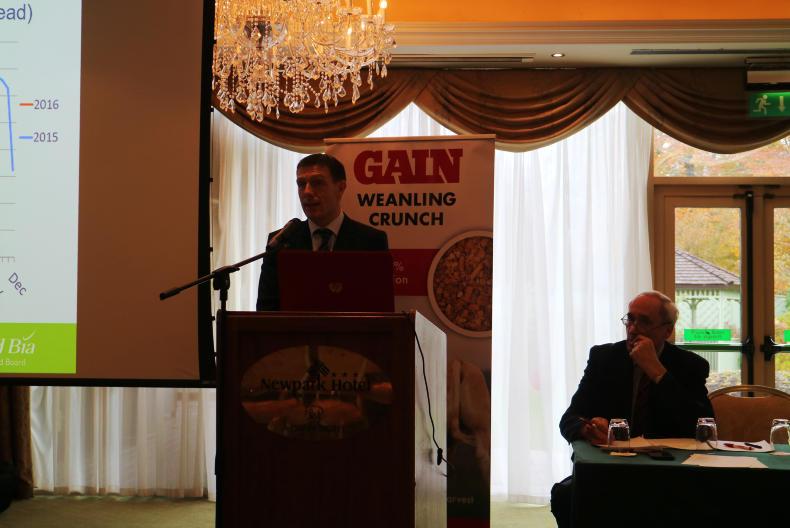

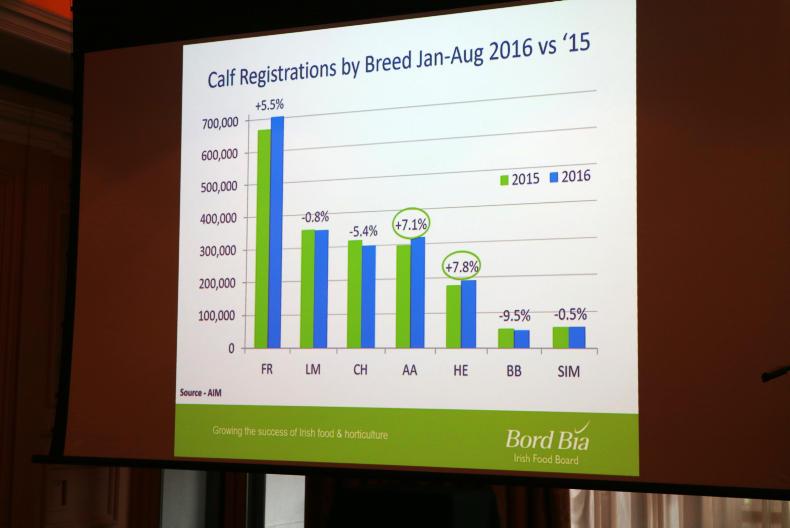



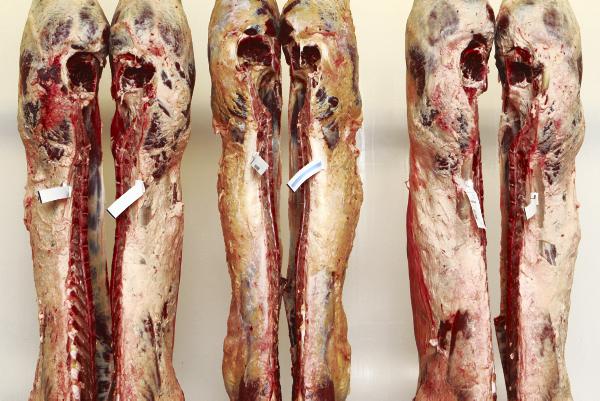

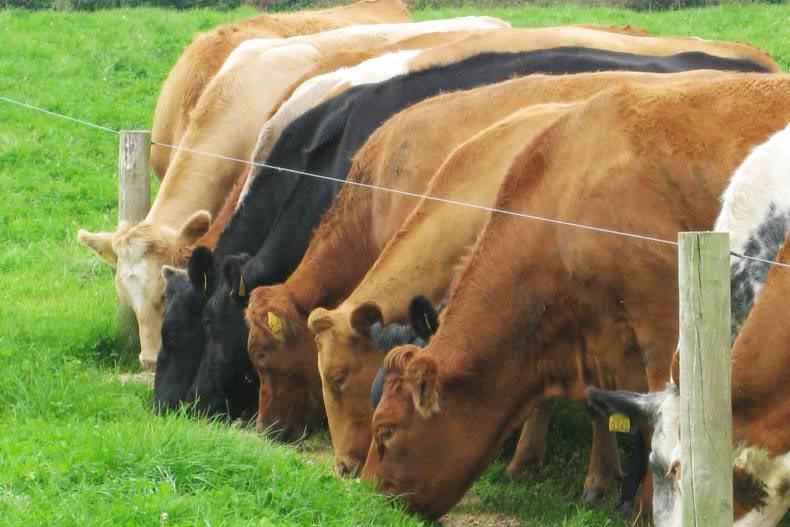
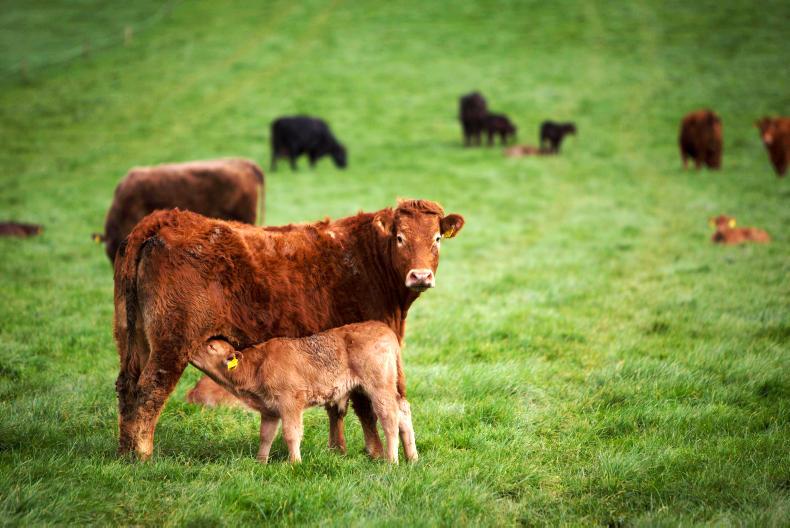
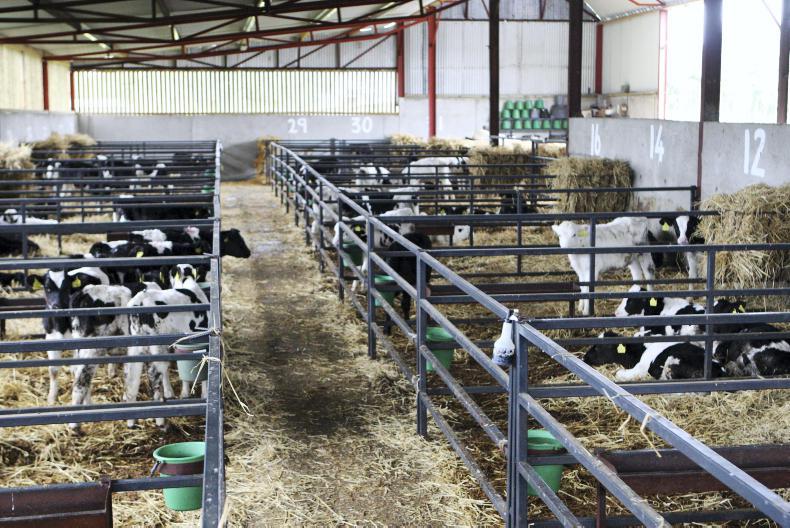
SHARING OPTIONS